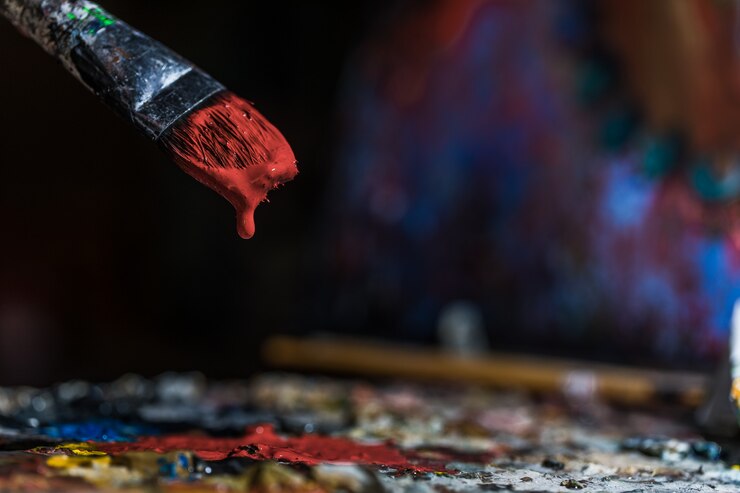No products in the cart.
Manu Verma
04/27/2024
Watercolour painting is a beautiful art form that allows artists to create stunning works using water-based pigments.Learning watercolor methods can open up a world of creative possibilities for artists of all skill levels. In this guide, we’ll explore everything you need to know about watercolour painting, from essential supplies to advanced techniques.

Before you dive into painting, it’s essential to gather the right supplies. At Articci, your premier destination for art supplies and classes on the Gold Coast, you’ll find everything you need to embark on your watercolour journey. From high-quality paints to a variety of brushes, we’ve got you covered.
Once you have your supplies, it’s time to explore various watercolour techniques.
Once you’ve mastered the basics, you can explore more advanced watercolour techniques to take your paintings to the next level:
To help you achieve beautiful results in your watercolour paintings, here are some tips to keep in mind:
Articci offers a comprehensive range of watercolour supplies and classes on the Gold Coast, catering to both beginners and experienced artists.Visit our store today to explore our wide selection of paints, brushes, paper, and more. Our knowledgeable staff are here to help you find the perfect supplies for your next masterpiece. Unlock your creative potential with watercolour painting at Articci!
Watercolour painting is a versatile and rewarding art form that offers endless possibilities for creativity. With the right supplies, techniques, and practice, you can create stunning works of art that capture the beauty of the world around you. Articci is dedicated to providing support to both beginners and experienced artists on their watercolour journey. Visit us today and unleash your creativity with watercolour painting!
Watercolour painting offers several benefits, including its portability, ease of cleanup, and the ability to create delicate, translucent effects. It’s also a versatile medium that allows for both loose, expressive painting styles and detailed, realistic work.
While watercolour paints are typically used on paper, they can also be applied to other surfaces such as canvas, wood, or even fabric. However, it’s essential to prepare the surface properly and use the right materials to ensure the paint adheres correctly.
To prevent watercolour paper from buckling or warping, it’s essential to stretch the paper before painting. This can be done by soaking the paper in water and then stretching it tightly onto a flat surface, such as a drawing board, using gummed tape or staples. Alternatively, you can use pre-stretched watercolour paper pads or blocks, which are designed to minimize warping.
When choosing watercolour brushes, consider factors such as the type of hair (natural vs. synthetic), the shape (round, flat, or filbert), and the size. Different brushes are suited to different techniques and effects, so it’s helpful to have a variety of brushes in your toolkit.
There are several techniques for fixing mistakes in watercolour painting. For small errors, you can lift the paint using a clean, damp brush or sponge. For larger mistakes, you can paint over them with opaque watercolour or gouache once the paint is dry. It’s also helpful to practice making corrections on a separate piece of paper before attempting them on your painting.
Manu Verma
04/27/2024
Manu Verma
04/23/2024
Manu Verma
04/14/2024
Manu Verma
04/09/2024